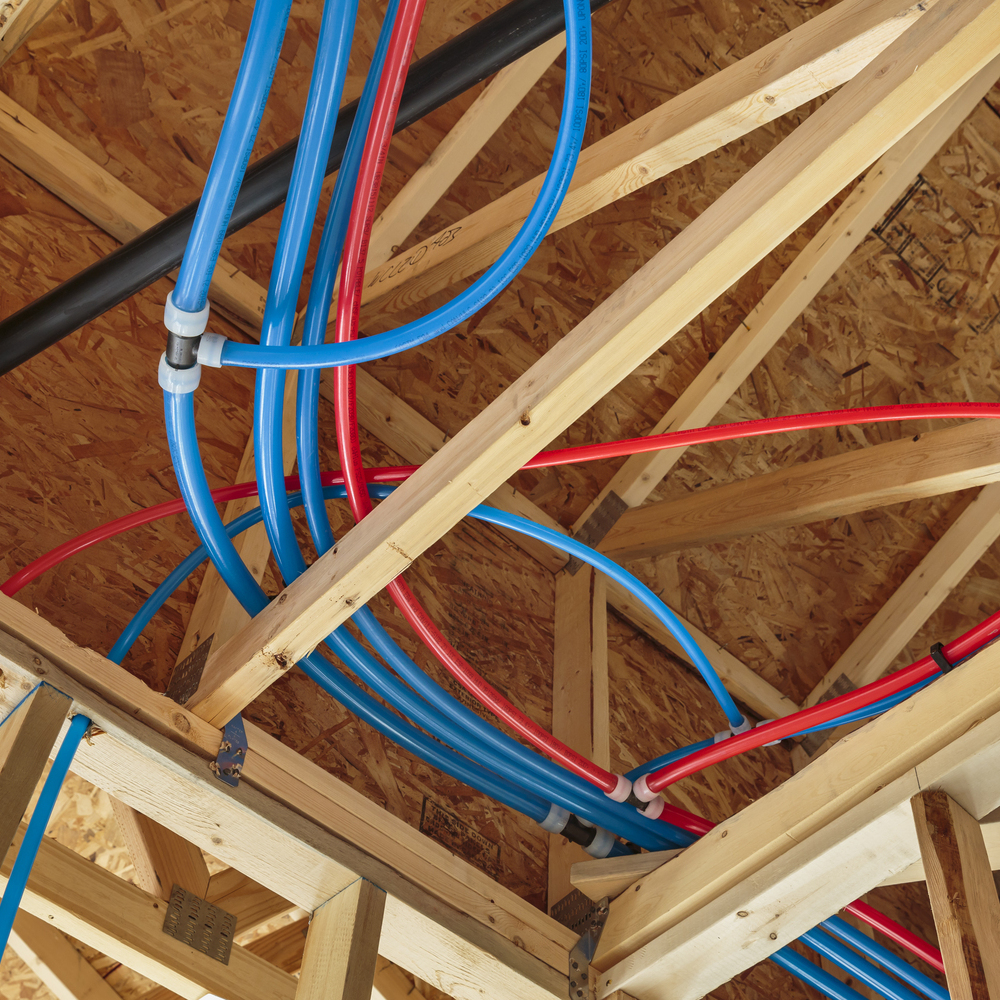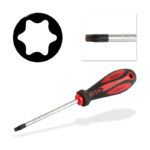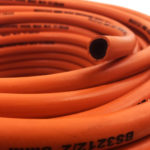PEX Tubing Size Chart
All PEX tubes that are designed and made in the United States have the same ASTM and also the same dimensional standards. This is known as SDR standard and it makes installation, repairing and similar activities much easier. The pex tubing size chart you can see below gives you a complete set of details needed for any of the aforementioned actions. It contains the tubing size, the outside diameter and the minimum wall thickness. Additional columns include ID or inside diameter, volume gal per 100 feet and the weight per 100 feet. There are 5 main variations and each one comes with completely different figures. When installing a new PEX tube or replacing the old one, make sure that it meets the regulations and can withstand the load. The figures in the chart are approximate and they comply with the ASTM standards. What this means is that all the numbers are identical to any other, properly developed table.
[ninja_tables id=”3519″]
Here is the video that shows you how to install PEX Tubing pipe:
What is PEX Tubing? Benefits and History
PEX tubing is a type of plastic tubing used in plumbing systems. PEX stands for “cross-linked polyethylene,” which is a chemical process that strengthens the plastic and makes it more durable. PEX tubing has gained popularity in recent years due to its many benefits over traditional piping materials.
The benefits of using PEX tubing include:
- Durability: PEX tubing is highly durable and resistant to cracking and corrosion, making it an ideal choice for long-lasting plumbing systems.
- Flexibility: PEX tubing is flexible and can be bent around corners without the need for additional fittings, which can save time and money on installation.
- Low cost: PEX tubing is typically less expensive than traditional copper piping, making it an attractive option for budget-conscious consumers.
- Resistance to freezing: PEX tubing is less likely to burst in freezing temperatures than other piping materials.
- Better water flow: PEX tubing has a smoother interior than other piping materials, which can improve water flow and reduce the risk of clogs.
The history of PEX tubing dates back to the 1960s, when scientists first discovered the process of cross-linking polyethylene. The first PEX tubing was used in Europe in the 1970s, but it wasn’t until the 1990s that it gained popularity in the United States. Today, PEX tubing is used in a wide range of plumbing applications, from residential homes to large commercial buildings.
Overall, PEX tubing offers many benefits over traditional piping materials, making it a popular choice for modern plumbing systems. Its durability, flexibility, low cost, resistance to freezing, and improved water flow have made it a reliable option for homeowners and professionals alike.
Understanding the Differences between PEX-A, PEX-B, and PEX-C Tubing
PEX tubing comes in three main types: PEX-A, PEX-B, and PEX-C. Each type has different properties and characteristics that make it better suited for certain applications. Here is a breakdown of the differences between PEX-A, PEX-B, and PEX-C tubing:
- PEX-A Tubing PEX-A tubing is the most flexible and highest-performing of the three types. It is made using the Engel method, which crosslinks the polyethylene more uniformly and produces fewer weak points than the other two methods. As a result, PEX-A tubing is the most durable, has the highest resistance to creep deformation, and can handle higher temperatures and pressures than the other types. It is also the most expensive of the three.
- PEX-B Tubing PEX-B tubing is made using the Silane method, which is a cheaper process than the Engel method. PEX-B tubing is slightly less flexible than PEX-A tubing, but still more flexible than PEX-C tubing. It has good resistance to stress cracking and is less expensive than PEX-A tubing.
- PEX-C Tubing PEX-C tubing is made using the Electron Beam method, which is a newer method that creates a more uniform crosslinking than the Silane method. PEX-C tubing is the least flexible of the three types but is still more flexible than other types of piping materials like copper. It has good resistance to chlorine and other chemicals and is less expensive than PEX-A tubing.
Overall, the choice of PEX tubing type will depend on the specific needs of the plumbing application. For example, PEX-A tubing may be a better choice for high-temperature or high-pressure applications, while PEX-B tubing may be suitable for general residential applications. PEX-C tubing may be a good choice for those who want the benefits of PEX tubing at a lower cost.






